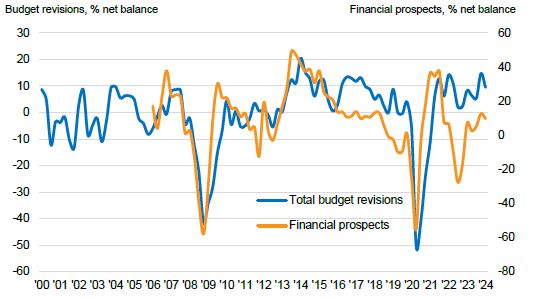AR enterprise software could help Snap overcome one of its weaknesses, which is AR hesitancy among brands. Marketers have been impressed by the potential to create virtual twins of their product lines that are shoppable online, but the technology has been inaccessible. Creating AR assets can be pricey, too, and the return on investment is still uncertain. Yet many retailers are exploring the potential, including L’Oreal, Michael Kors, Warby Parker, Gucci, Nike, Gap and others. Platforms including Amazon, YouTube, Facebook, Instagram, Pinterest and TikTok have built AR capabilities. Snap has always been considered a pioneer in AR, and developing features for marketers based on the tech.
Last year, Snap touted a program that encouraged merchants to upload their AR products into the Snap app to boost interest in shopping. Snap has what it calls “Catalog-powered Shopping Lenses,” which Amazon, Walmart and Luxottica Sunglass Hut used. Those lenses stay on Snap’s app. The new software program brings the same try-on tech to merchants’ sites.
Snapchat is looking to expand its number of services as advertising slows down. In the fourth quarter, Snap, with 350 million daily users, generated $1.3 billion in revenue—most of its money comes from ad sales—and revenue was flat year over year. Snap also is among the tech companies that have had to conduct massive layoffs, and last summer it cut 20% of staff.
The more merchants tap into Snap’s shopping software, the more they could be inclined to spend on ads on Snap. The relationship could also open more data points for Snap to understand its users and the tastes of consumers outside the site.








